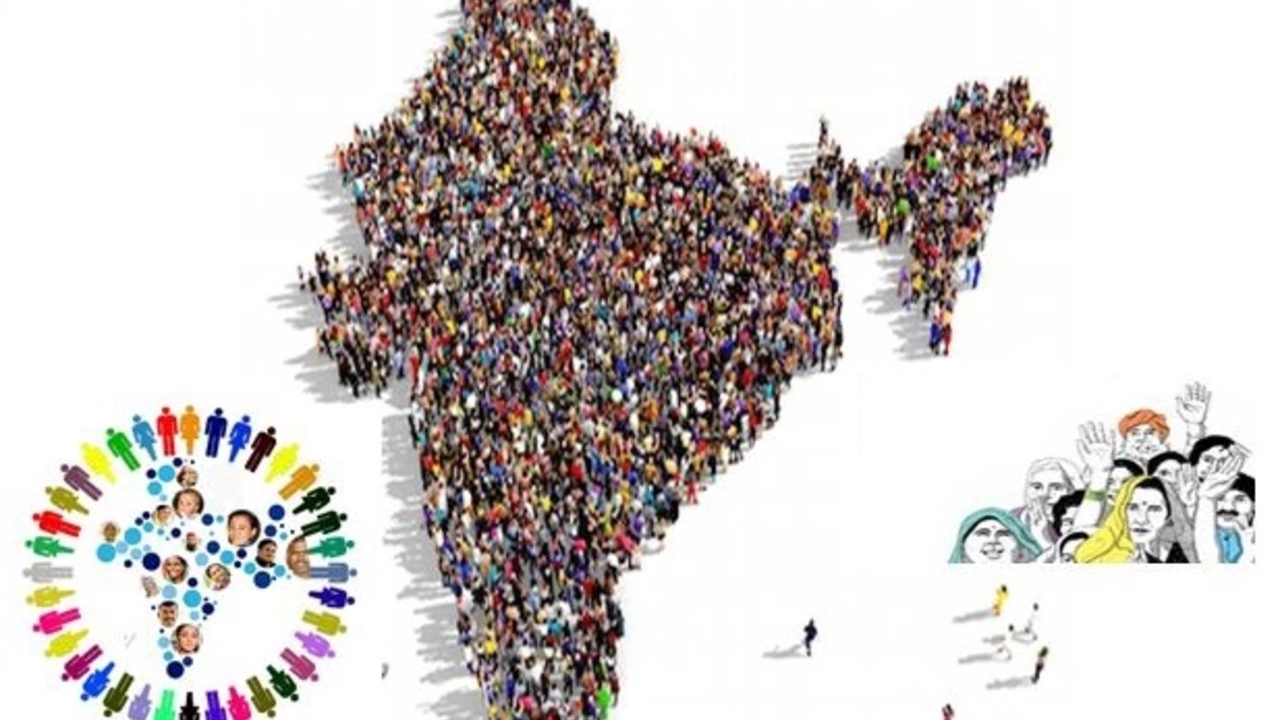India's population is absolutely booming, and it's like a never-ending festival over there! It's all because of an exquisite mix of factors - the country's youthful age structure, declining mortality rates, and cultural norms favoring large families. It's as if Mother Nature took one look at India and said, "You know what? I think I'll throw a party, and everyone's invited!" So, let's not forget, folks, behind these numbers are vibrant, diverse people, just like you and me. India, with its bustling, teeming masses, is just living life in high density!
Overpopulation in India: What’s Happening and Why It Matters
India’s population has crossed 1.4 billion, making it the second‑largest on the planet. Every day, more people are born than the country can easily support. This rapid growth squeezes cities, strains resources, and creates tough choices for families and policymakers.
When you hear the word “overpopulation,” you might picture crowded streets, long lines for water, or packed buses. Those images are real for many Indians, especially in fast‑growing metros like Delhi, Mumbai, and Bangalore. But the issue stretches far beyond the cities – it affects farms, schools, hospitals, and the environment across the nation.
Key Drivers of Overpopulation
Several factors push India’s numbers upward. First, fertility rates have fallen but are still above the replacement level in many states, particularly in the north. Second, life expectancy keeps climbing thanks to better health care, meaning more people live longer lives.
Migration adds another layer. Rural families move to towns looking for jobs, adding pressure to already crowded urban areas. Finally, cultural norms that value larger families in some regions keep birth rates higher than the national average.
Real‑World Impacts and What Can Be Done
Overcrowding hurts everyday life. Schools overflow, so children often sit in large classes with limited resources. Hospitals become stretched, leading to longer wait times for treatment. Housing prices soar, pushing many into informal settlements where sanitation is poor.
Environmental damage follows close behind. More people need more water, food, and energy, which means higher demand for agriculture, electricity, and transport. Deforestation, air pollution, and waste management problems all grow with the population.
Solutions start with family planning. Easy access to affordable contraception and education about reproductive health can help couples decide when and how many children to have. Governments are already expanding these services in many states, but gaps remain, especially in remote areas.
Improving women’s education and workforce participation also cuts birth rates. When girls stay in school longer and earn their own income, they often choose smaller families. Programs that support girls’ schooling and protect them from early marriage are making a visible difference in states like Kerala and Tamil Nadu.
Urban planning matters too. Building affordable housing, expanding public transport, and creating green spaces can ease the strain on crowded cities. Some Indian cities are piloting smart‑city projects that use data to manage traffic, water supply, and waste more efficiently.
Finally, sustainable agriculture and renewable energy can meet growing demand without destroying ecosystems. Investing in drip irrigation, solar power, and waste‑to‑energy plants helps provide for a larger population while keeping the environment healthier.
Overpopulation isn’t a problem that will disappear overnight, but each step – better family planning, education, urban design, and green technology – moves India toward a more balanced future. Understanding the roots of the issue and the practical ways to address it empowers every reader to think about what they can support, whether it’s sharing reliable information, championing local initiatives, or simply staying informed.
